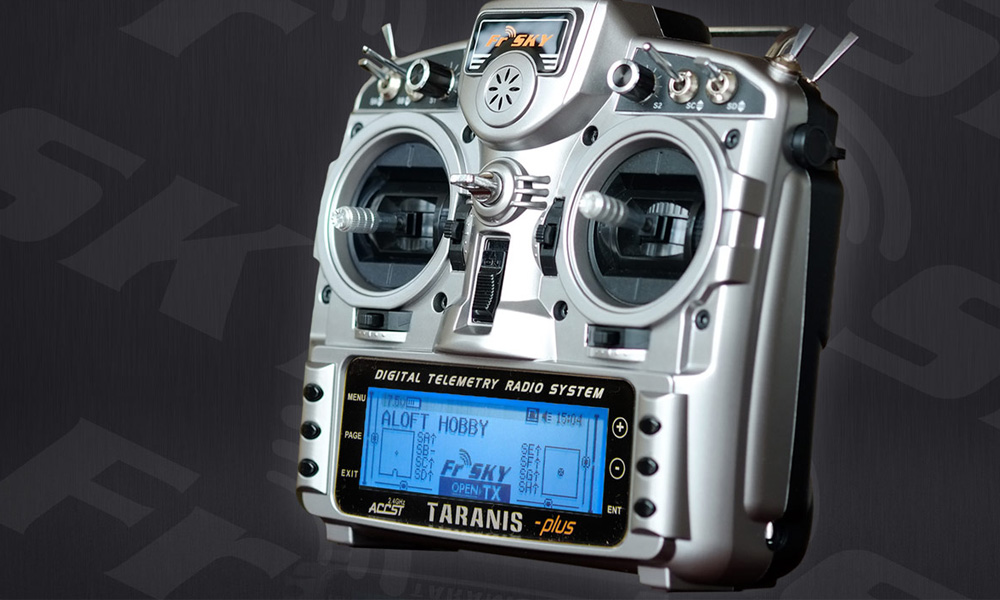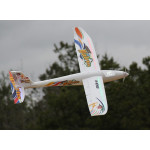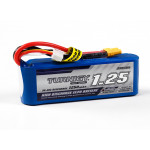
What is Differential Thrust?
Differential thrust is essentially where each motor on your aircraft can be driven with a different throttle output setting.
A multirotor (or drone as the cool kids call them) is essentially an aircraft that has motors capable of being independently driven by a flight controller. Subtle differences in thrust are used for balancing and general flight.
Why use differential thrust?
A good example might be a scale RC plane. It may have a scale rudder, however, due to the small size, they can be ineffective and lack yaw control (Left and Right). We can counter this by setting up the aircraft with differential thrust. This will give greater authority not only in the air but on the ground. So not only will it be easier to fly but it will be easier to taxi, take-off, and land. Differential thrusts can also help you in a crosswind because you will have greater yaw control at both high and lows speeds. If we were to rely on the rudder alone, as the aircraft is traveling at a slower speed, it becomes less effective. Of course, it's not just for scale flying.
Aerobatics in a multi-engine plane can be pretty cool. You can quite forcefully pull the aircraft around a hammerhead turn and I'm betting you've already started to think of a few new moves. Seaplanes benefit from the differential thrust and in fact, I've not bothered to install a rudder on one of my planes. Far easier to rely upon the thrust of the motors as it's far more forceful and there is no servo to worry about getting wet or rudder to be broken off by debris.
What Do I Need to Set Up Differential Thrust?
- A programmable radio like the Turnigy 9X pro, Turingy TGY10, Taranis or OrangeTX
- Two or more motors
- An ESC for each motor
How do I Setup Differential Thrust?
I've chosen the Taranis to demonstrate the setup of differential thrust.
- Start by entering the aircrafts mixer settings
- You require two channels for differential thrust so you will need to duplicate the throttle channel to a spare channel. In this example, you can see we have channel 1 and channel 5 but acting as the throttle.

- Add a rudder input after your throttle Channels. In this case 1 and 5
- Add a weight of 30 to the rudder on CH1 and a weight of -30 on CH5
That's it! You've programmed differential throttle.
What About Reverse Thrust?
Reverse thrust is possible but you will need special ESCs. Reversing is great on water because you can reverse out of weeds or debris. Of course on land, everyone likes to watch you reverse park in the pits. Reverse thrust on landing might come in real handy if you happen to have access to the tarmac. I'm sure you have a few ideas that you might like to try out with a reverse ESC. I've always thoughts about a twin-turboprop aircraft coming in for a landing and then switching on reverse thrust.
How do I setup Reverse Thrust?
The ESC will do that all for you. All you need is a spare switch and channel available on your receiver. You program the ESC like you would landing gear, simply on or off. Create a new mix with an available channel. In this case, I've chosen channel 6 and assigned switch SF to operate the reverse function. I hope you have a lot of fun with reverse thrust and differential thrust.

Happy Landings






